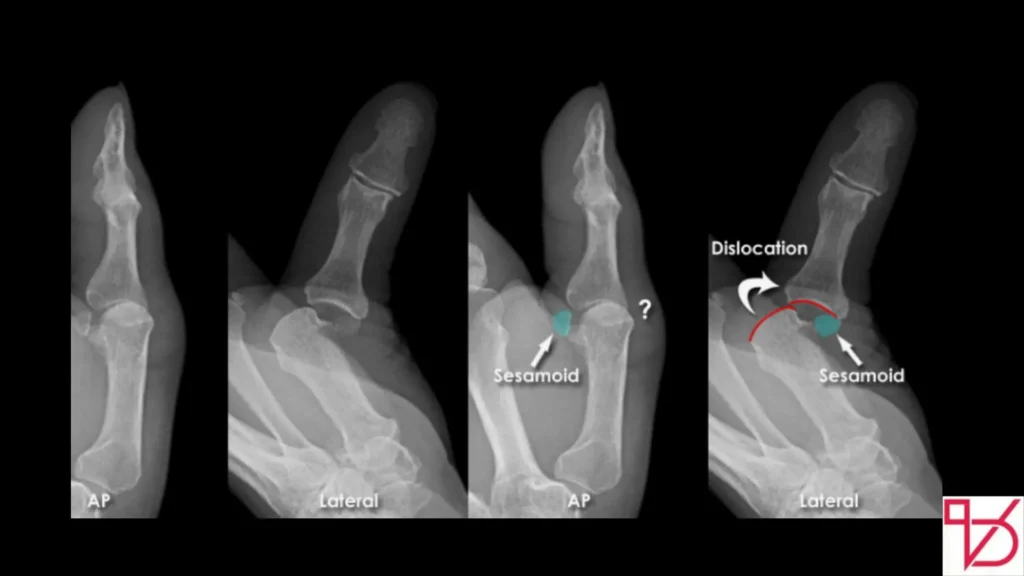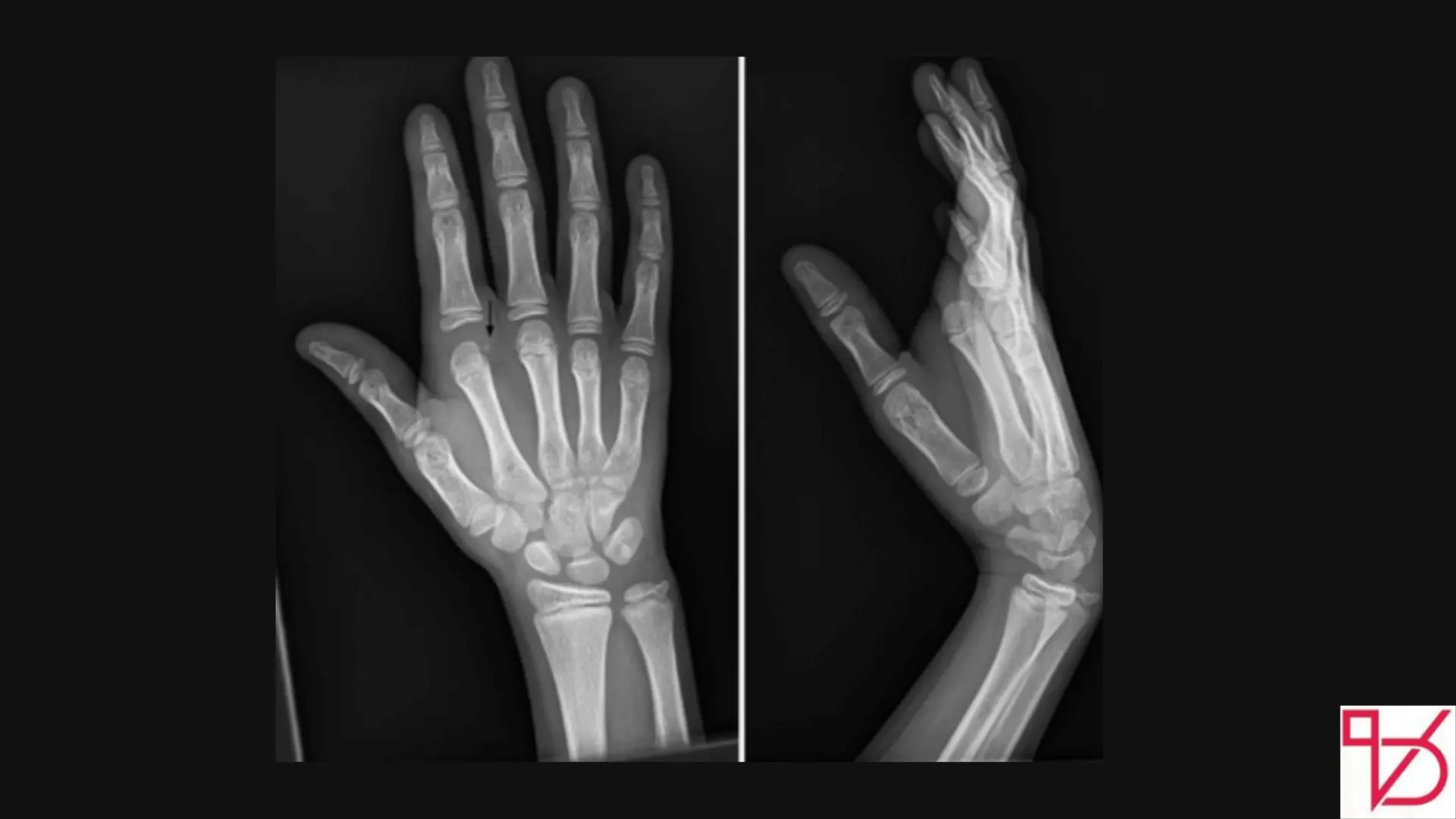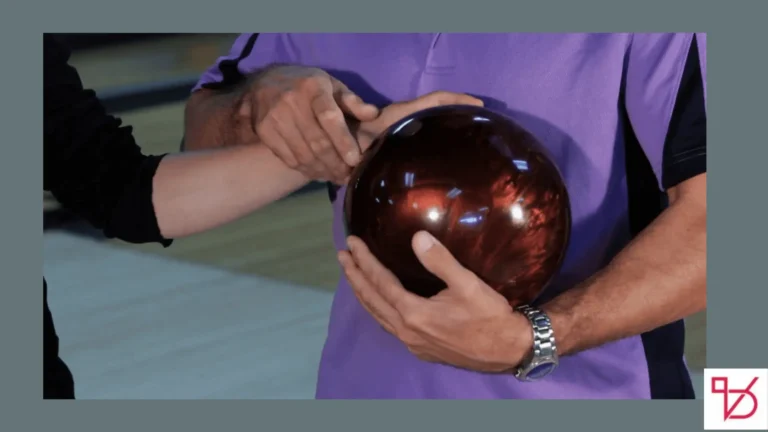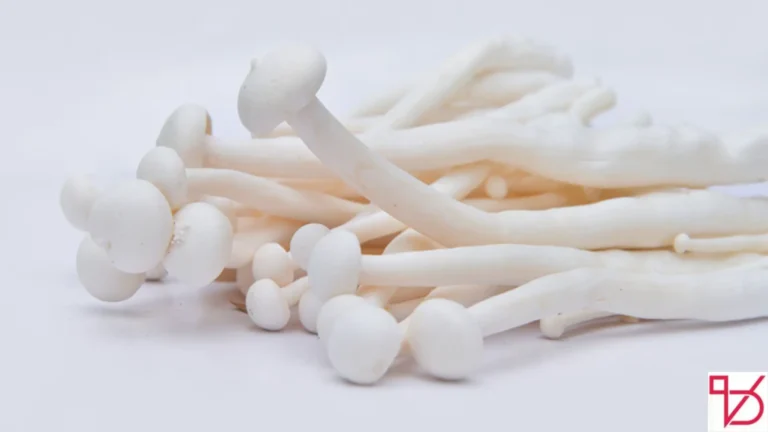A dislocated thumb is a painful and often alarming injury that can severely affect your ability to grip, pinch or perform everyday tasks. Whether caused by a fall, sports mishap or a forceful impact, understanding how to recognize, treat, and recover from a thumb dislocation is essential for full functional recovery. This comprehensive guide covers what a dislocated thumb looks like, how to fix a dislocated thumb and what treatment options ensure the best outcomes.
What Is a Dislocated Thumb?
A dislocated thumb occurs when the bones in the thumb joint are forced out of their normal position typically at the carpometacarpal (CMC) or metacarpophalangeal (MCP) joints. The first CMC joint is the most commonly affected, particularly during sports related trauma.
Key Anatomy Involved:
- CMC joint (where the thumb meets the wrist)
- MCP joint (middle knuckle of the thumb)
- Ulnar Collateral Ligament (UCL)
- Dorsoradial ligament
- Anterior oblique (beak) ligament
- Trapezium and metacarpal base
- Volar plate
- Thenar eminence (fleshy part at thumb base)
What Does a Dislocated Thumb Look Like?
Common Signs and Symptoms:
- A visibly crooked or misshapen thumb
- Severe pain and swelling
- Bruising around the joint
- Inability to move the thumb or grip objects
- A feeling of joint instability
- Tenderness over the thenar eminence
- In some cases, numbness or tingling if nerves are compressed
If left untreated, a dislocated thumb can lead to chronic joint instability arthritis or even long term disability.
Read Also: Thumb and Wrist Pain 6 Self-Treatment Tips
Causes of Thumb Dislocation
A dislocated thumb is usually the result of:
- Fall on an outstretched hand
- Sports injuries such as skiing (Skier’s thumb) or contact sports
- Handlebar injuries in biking or motorcycling
- Axial force applied to a flexed thumb
- Hyperextension or direct trauma
Dislocated Thumb Joint Types
1. CMC Dislocation: Less common but more severe. May involve ligament tears or avulsion fractures.
2. MCP Dislocation: Common in athletes. Often associated with UCL sprains (Gamekeeper’s or Skier’s Thumb)
3. PIP/DIP Joint Dislocation: More typical in fingers but can occur in the thumb during compound trauma.
Diagnosis: How Doctors Confirm a Dislocated Thumb
Clinical Evaluation: Visual and physical exam for deformity and movement loss. Checking for sensory deficits or vascular compromise.
Imaging: X-rays in orthogonal views (AP, lateral, and Roberts view) to identify dislocation and possible fractures. MRI may be required for soft tissue assessment. Digital anesthesia is sometimes used before reduction
Dislocated Thumb Treatment: What to Expect

1. Initial First Aid
- Immobilize the thumb
- Apply ice to reduce swelling
- Take over the counter pain relievers (as directed)
- Do not attempt reduction unless properly trained
2. Professional Reduction
Depending on the severity:
- Closed reduction: Bone is manually repositioned under local anesthesia
- Open reduction: Surgery may be necessary if ligaments are torn or bones are misaligned
3. Immobilization
- Use of a thumb spica splint or cast for 2–6 weeks
- Ensures ligament healing and joint stability
4. Surgical Treatment
Indicated when:
- Ligament rupture requires repair
- Dislocation is irreducible
- There is fracture interposition
- Surgeon may use Kirschner wires for percutaneous pinning
Can You Fix a Dislocated Thumb Yourself?
Many people search how to fix a dislocated thumb yourself but self treatment is strongly discouraged. Attempting to reset a dislocated thumb without medical supervision can:
- Worsen the dislocation
- Cause nerve or vascular injury
- Lead to permanent joint damage
Always seek medical attention for proper diagnosis and safe reduction.
Recovery and Rehabilitation
Timeline:
- Splint/cast: 2 to 6 weeks
- Hand therapy: Begins post-immobilization
- Return to normal activity: 6–10 weeks depending on severity
Rehab Includes:
- Early range of motion (ROM) exercises
- Strengthening of grip and pinch
- Occupational or physical therapy for full function restoration
Possible Complications:
- Chronic joint instability
- Painful arthritis
- Reduced grip strength
- Stiffness or limited mobility
When to Seek Urgent Care
See a healthcare provider immediately if:
- Thumb looks deformed or crooked
- You experience numbness, pale color or coldness
- You cannot move or bend your thumb
- Swelling and pain worsen after initial rest
Conclusion
A dislocated thumb is more than just a painful inconvenience it can lead to serious long-term issues if not treated correctly. Prompt medical intervention, proper immobilization, and structured rehabilitation are key to a full recovery. Avoid the urge to treat it yourself, and always consult a professional to minimize risk and restore full hand function.






